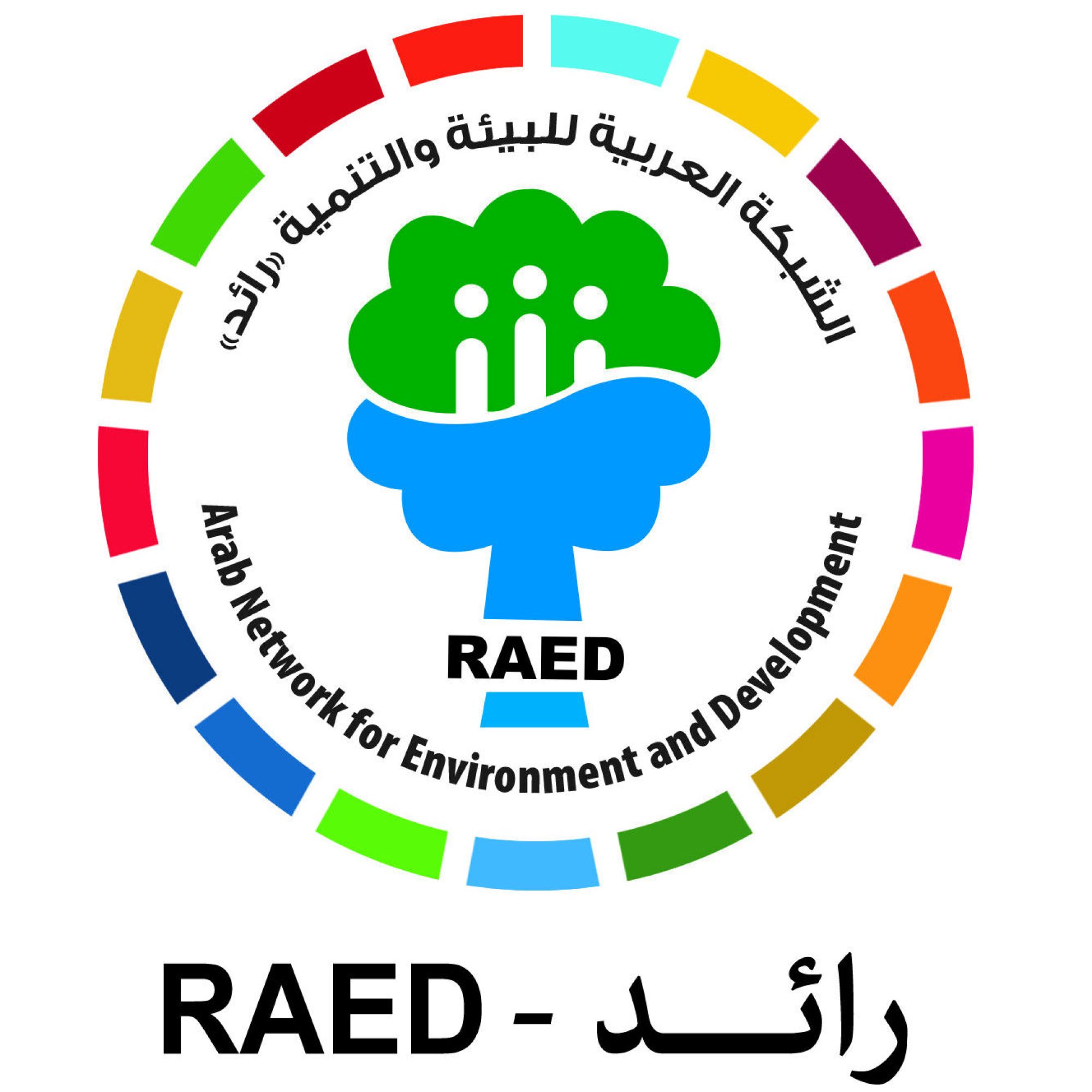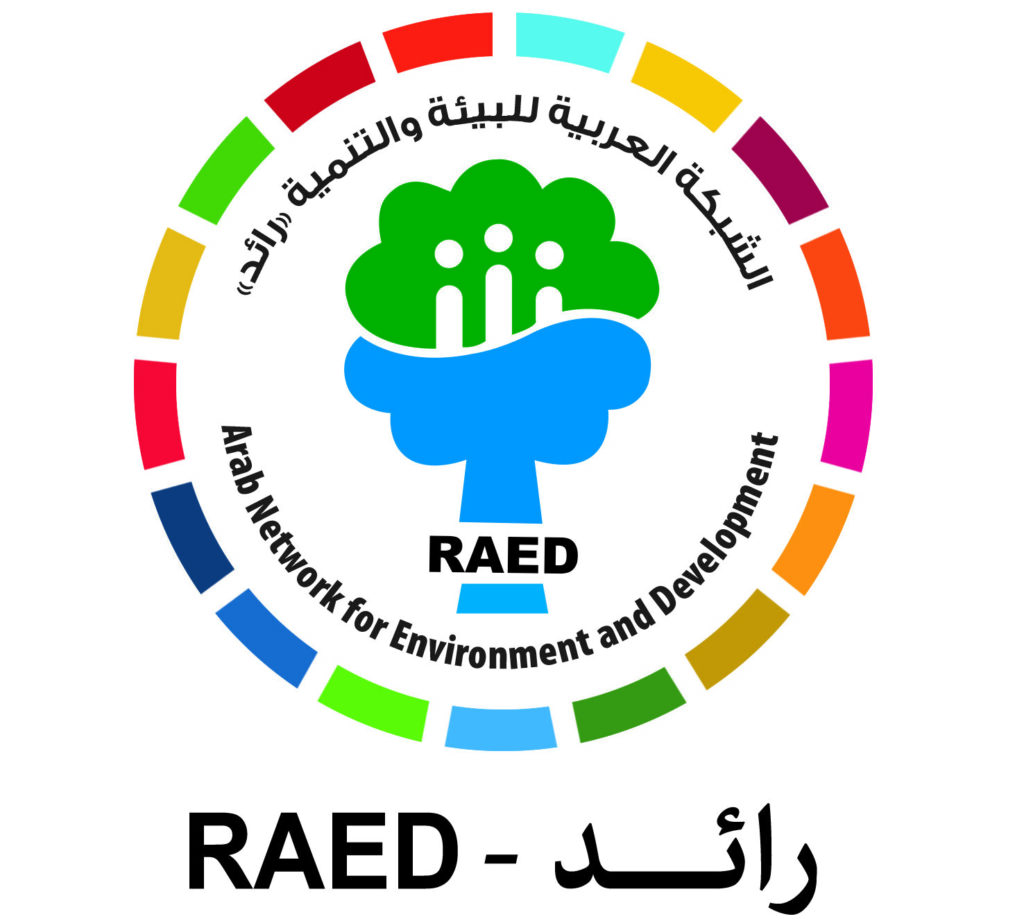RAED launches a campaign to get rid of “amalgam”, the deadly mercury dental filling
The Arab Network for Environment and Development “Raed” launched a campaign to gradually eliminate dental fillings that contain mercury, known as “amalgam,” which are widely used in dentists’ clinics and hospitals, due to the serious harm that this substance (Dental Amalgam) poses to people. Human health and the environment, especially children and pregnant women who are more vulnerable to mercury poisoning.
The launch of the awareness campaign entitled “Teeth Without Amalgam” comes within the framework of cooperation between the “Raed” network and the “Global Alliance for Mercury-Free Dentistry”, with the aim of gradually eliminating mercury and its compounds from dental products, and reducing its emissions to the external environment, and out of belief in the principle of participation. National efforts to preserve the environment from all types and forms of pollutants, especially those that pose a threat to public health.
Dr. Imad El-Din Adly, general coordinator of the “Raed” network, said that an invitation was sent to various civil society organizations and civil society organizations working in the field of environment and sustainable development, to participate in the activities of the awareness campaign “Teeth Without Amalgams,” by including an introduction to the topic within the awareness activities that These associations implement it, which helps spread awareness among members of society about the danger of these fillings, and the necessity of reducing them by using safer alternatives.
Dental amalgam is used in most countries in the world, and many cosmetics and skin-lightening products contain large amounts of inorganic mercury. However, most countries have begun to ban the use of these products, due to the danger they pose to human health, while other countries are still opposed. Imposing a global ban on the substance “amalgam” in the near term, due to fears that this will cause a problem in the field of public health and the dental health sector.
Although the Minamata Convention, an international treaty to protect human health and the environment from the harm of mercury and its compounds, entered into force in August 2017, many experts concluded that the use of “amalgam” should not be prohibited, but rather, it should be sought. To gradually reduce the use of this substance, by promoting the prevention of dental diseases, providing safe alternatives, undertaking research and development activities, educating dental professionals, and increasing public awareness.
Mercury is a natural element, as it is found in the Earth’s crust, and is naturally released through volcanic activity and rock erosion. It is an element that exists in different forms, each with a varying degree of toxicity, but all of them are equally harmful, affecting the nervous system, brain, heart, and kidneys. The lungs and immune system of all living organisms.
Because exposure to mercury, even to small amounts, can cause serious health problems, including uterine health, the World Health Organization has deemed it one of the world’s top ten chemicals with major public health impacts.
Human activity contributes to the largest portion of mercury release into the environment, as up to 9,000 tons of mercury are released into the atmosphere, water, and on the surface of the Earth annually. The largest source of mercury emissions is gold mining, coal combustion, non-ferrous metal production, and cement production. Many everyday items, such as cosmetics, some fluorescent lamps, some batteries, and dental fillings, contain mercury and its compounds.
Dental amalgam began to be used about 200 years ago to treat tooth decay and tooth erosion. It was first used in England and France in 1826. It is a mixture that contains 50% mercury, while the other half consists of other elements such as silver, tin, and copper. Due to the high cost of other alternatives, it was not possible to stop using “amalgam,” despite increasing warnings about its harms. However, the US Food and Drug Administration (FDA) issued recommendations to stop its use for children, pregnant and breastfeeding women, or those planning to become pregnant, and patients suffering from kidney disease. , or suffer from neurological conditions.
There are currently many safe alternatives available that can be used in dental fillings, instead of “amalgam”, perhaps one of which is “Resin Composite”, which is a filling made of resin and plastic, and is dried with a blue curing light, and is characterized by being harmless to the teeth. It lasts a long time and can be replaced every 10 years.
“Glass Ionomer” is considered a tooth-friendly filling. It is characterized by its low cost and the possibility of doing it without an electric drill, which makes it easy to use in villages where there is no electricity. This filling releases “fluoride”, which prevents tooth decay. The “porcelain” filling, which can be produced in laboratories upon request, is a safe alternative to “amalgam” fillings, but it cannot be used on a large scale, because it is expensive, like the gold filling.


